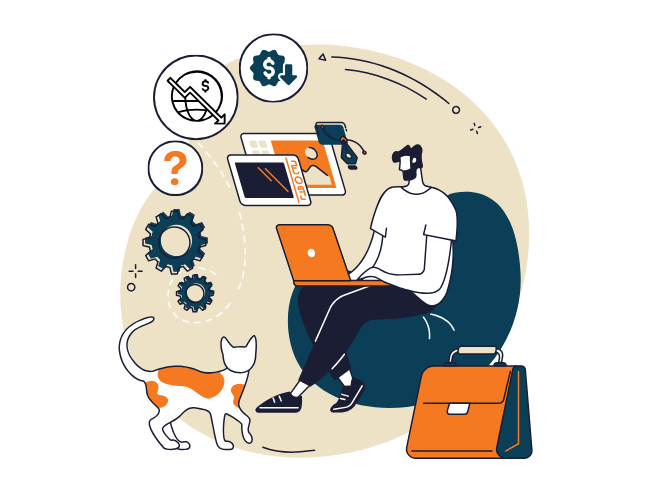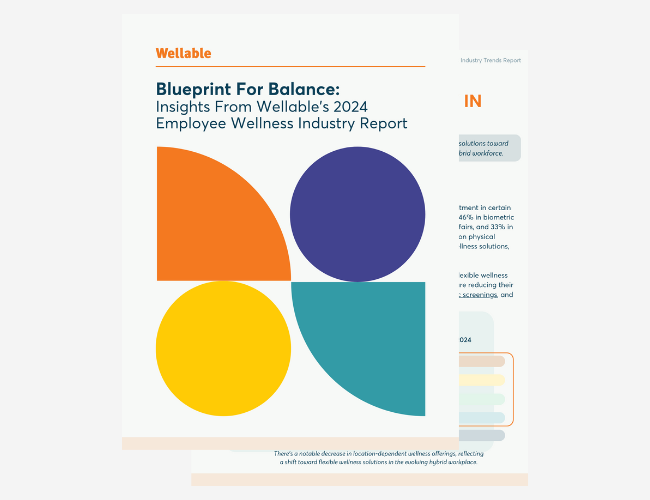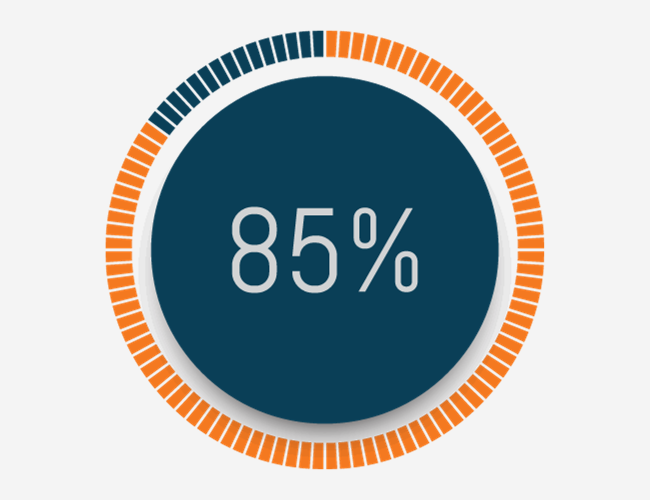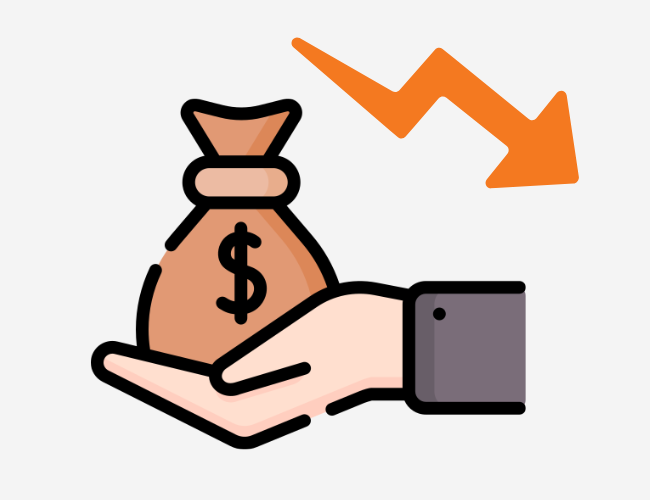A recent survey of 1,200 consumers sought to identify the barriers to participation in wellness programs, and the responses were no big surprise. Yet, wellness program designers, administrators, and vendors continue to roll out solutions counter to what employees want and wonder why engagement stays in neutral.
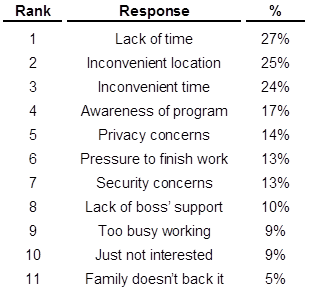 The results of the survey show that lack of time (27%), inconvenient location (25%), inconvenient time (24%), awareness of program (17%), and privacy concerns (14%) round out the top 5. Many of these barriers can be broken if corporate wellness programs adopt a consumer-centric approach to their solution. Below are a few ways consumerism in corporate wellness can put employee engagement into drive.
The results of the survey show that lack of time (27%), inconvenient location (25%), inconvenient time (24%), awareness of program (17%), and privacy concerns (14%) round out the top 5. Many of these barriers can be broken if corporate wellness programs adopt a consumer-centric approach to their solution. Below are a few ways consumerism in corporate wellness can put employee engagement into drive.
Time (Lack Thereof and Inconvenience)
This barrier is the biggest non-surprise factor of all. Time-related issues always rank high on all surveys about employee wellness engagement. It’s overly ambitious to think wellness programs can increase the number of hours in a day, but a realistic approach can meet the employee where they are and make it easy for them to engage WHEN they want. Onsite fitness classes and walking groups at lunch work well for some but not for others. Some employees are morning people and others are not. Creating tools that allow people to engage in a wellness program when they want is critical to optimizing engagement. Allowing employees to check-in to their gym of choice from their smartphone gives them the flexibility on when and where they want to engage. The same applies for wearable devices that track activity throughout the day (whenever an employee can fit it in). The flexibility provided by programs built on mobile technologies and consumerism helps alleviate the time challenges faced by so many employees.
Inconvenient Location
See the time paragraph. Mobile technologies, like consumers, go everywhere, which helps drive engagement.
Awareness
Proper communication (see The 4 C’s Of Employee Wellness Success) is critical to wellness program success, but it is important to recognize the impact brand equity has in the equation. Launching a wellness program with a proprietary solution that has no brand equity with your employees creates additional and unnecessary engagement challenges. Rather, employers can use an approach that incorporates consumer technologies that have significant brand equity with their employees to improve program awareness. For example, employers can market MyFitnessPal, which has 80+ million users, as part of their program and have the high brand awareness of MyFitnessPal be associated with their wellness program. Leveraging popular brands, which also happen to be free to download, will resonate with employees and increase program awareness and adherence.




